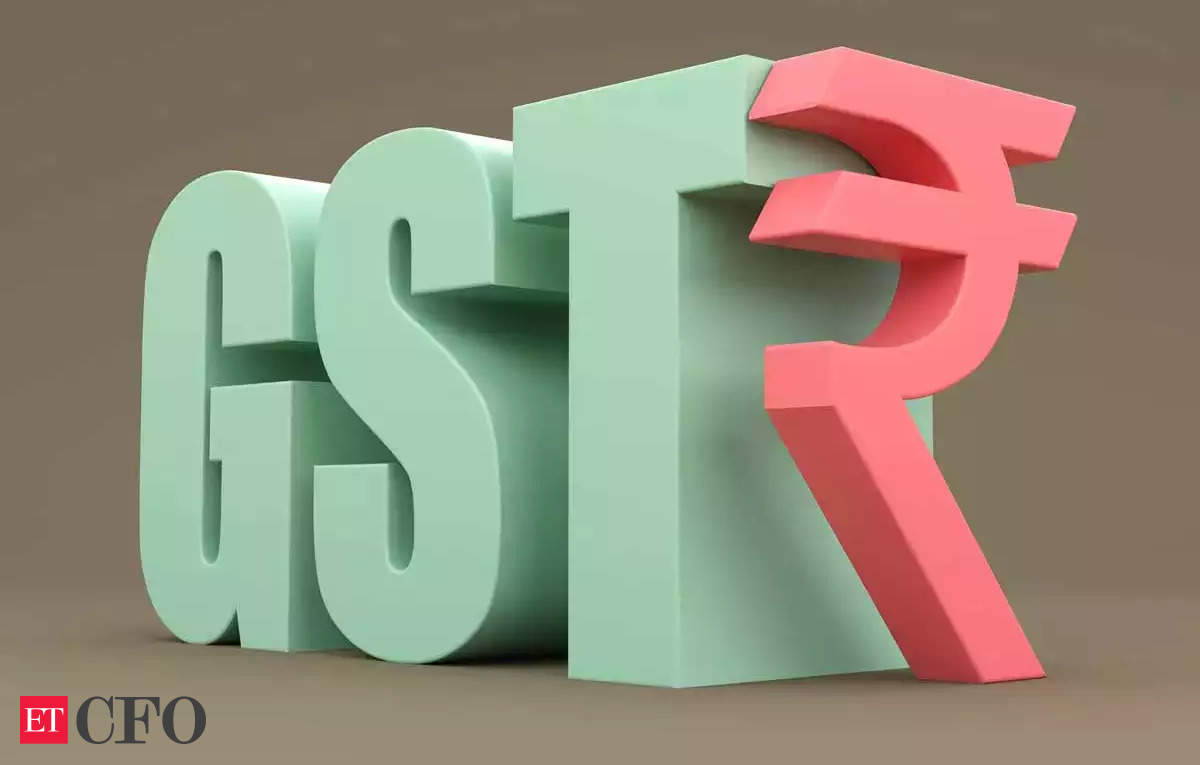Today, July 31, is the last date for salaried individuals and non-audit cases to file income tax returns (ITR) for financial year 2022-23. Over 5.83 crore returns had been filed for FY 2022-23 until 1 pm on July 30, crossing last year’s filings till July 31, the I-T department tweeted. If someone misses the deadline, they can still file a belated return with late fees of 50-200% of tax dues, but won’t be able to carry forward losses or avoid notices.
Many times your income tax return (ITR) could be deemed ‘defective’ by the assessing officer (AO), and you may receive a notice under Section 139(9) of the Income-tax Act, 1961.
What is a defective ITR?
A Defective Income Tax Return (ITR) refers to an incomplete or incorrect tax return filed by a taxpayer. Common reasons for a defective ITR include missing information, errors in computations, not filing necessary schedules, etc.
In the context of taxation, an ITR is considered defective when it contains errors or discrepancies that render it incomplete or inaccurate. Defective ITRs are not considered valid for tax purposes.
Filing a defective ITR can lead to consequences such as penalties and delayed processing of refunds as defective return can’t be treated as regular returns.
Mistakes that can lead to defective ITR
There are several reasons for a return to be deemed as defective, with something as trivial as a mistake in the taxpayer’s name. Others include not filling in the annexures, statements and columns related to the computation of income, gross total income, and total income.
The income tax websites also cites some of the common mistakes.
Also Read: Common mistakes you should avoid while filing your ITR
Incorrect information in the Annual Information Statement (AIS), such as wrong challan numbers, incorrect TDS information, or discrepancies between income and TDS reported in the return and Form 26AS, can also result in a defective ITR.
The tax deducted has been claimed as a refund, but no income details are provided in return.
No income details have been provided in ITR, but details regarding taxes paid have been provided.
As referred to in 26AS, gross income has yet to be considered by the respective heads of ITR.
When the books of accounts have been audited, but a copy of the audit report and audited financial statements have yet to be filled in the return while filing it.
Name mismatch between PAN and Income Tax Return.
If your return is found defective, the Income Tax Department will send you a defective notice under section 139(9) of the Income Tax Act via an email on your registered email id or post and the same can be viewed by logging in on the e-filing portal.
IT Department will issue the notice u/s 139(9) on your email ID entered while filing the income tax return. The sender of these emails is usually Central Processing Centre (CPC). The email’s subject is ‘Communication u/s 139(9) for PAN AWZXXXXXXX for the A.Y.2020-21’.
Also Read: Filing ITR? Don’t forget to declare your income from other sources
The defective return notice is attached to the email and is password protected. The password to open the notice is PAN in lower case and the date of birth in DDMMYYYY format. Eg: mnopq1212c12101987 for PAN: MNOPQ1212C and DOB: 12/10/1987.
How to rectify the error?
Taxpayers can identify if their ITR is defective by checking the communication received from the Income Tax Department.
“The process to correct a defective ITR depends on the nature of the error and the tax authorities’ guidelines. Typically, taxpayers are given a specific period within which they need to rectify the defects and file the revised ITR,” said Ankit Rajgarhia, Principal Associate, Karanjawala & Company, Advocates.
Rajgarhia explains this with an example:
Mr. X, a salaried individual, filed his Income Tax Return (ITR) for the financial year 2022-2023 through the tax department’s e-filing portal. However, he later received a notice stating his ITR was defective as he had forgotten to include income from his fixed deposit account, which the bank had reported to the tax department. To rectify the error, he reviewed the notice, prepared a revised ITR form including the interest income, and recalculated his tax liability. He then resubmitted the corrected ITR within the specified timeline and paid any additional tax owed. Finally, upon successful submission, he received an acknowledgment from the tax department. By rectifying the defective ITR promptly, he ensured compliance with tax regulations and avoided potential penalties.
Also Read: Income tax filing: What is the difference between ITR 1 and ITR 2?
How much time do I have to rectify my error?
: You can seek an extended period by writing to your local Assessing Officer if you are unable to revise your ITR within 15 days.
What if I don’t respond to a Defective Notice?
If you fail to respond to the defective notice within stipulated period then your return may be treated as invalid and therefore consequences such as penalty, interest, non carry forward of losses, loss of specific exemptions may occur,as the case may be in accordance with the Income Tax Act.
“Taxpayers must ensure all errors are corrected and the ITR is resubmitted within the given time frame to avoid penalties and further complications. In case a taxpayer fails to rectify the defective ITR within the stipulated period, the return will be treated as invalid, and further action may be taken by the tax authorities,” said CA Manish Mishra, Virtual CFO.











